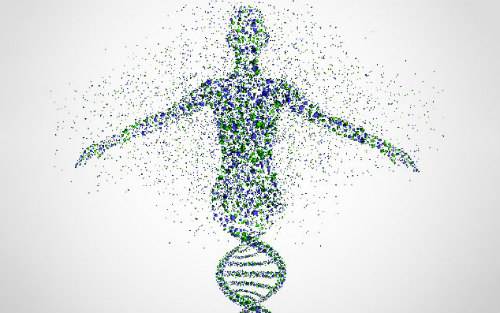Ninety-seven percent of your DNA consists of nothing but long stretches of meaningless garble — "junk," or "non-coding DNA," as biochemists prefer to put it. Only here and there along each strand do you find sections that control and organize vital functions. These are the curious and long-elusive genes.

An alternative and more common way to regard the genome is as a kind of instruction manual for the body. Viewed this way, the chromosomes can be imagined as the book's chapters and the genes as individual instructions for making proteins. The words in which the instructions are written are called codons, and the letters are known as bases. The bases — the letters of the genetic alphabet — consist of the four nucleotides mentioned a page or two back: adenine, thiamine, guanine, and cytosine. Despite the importance of what they do, these substances are not made of anything exotic. Guanine, for instance, is the same stuff that abounds in, and gives its name to, guano.












